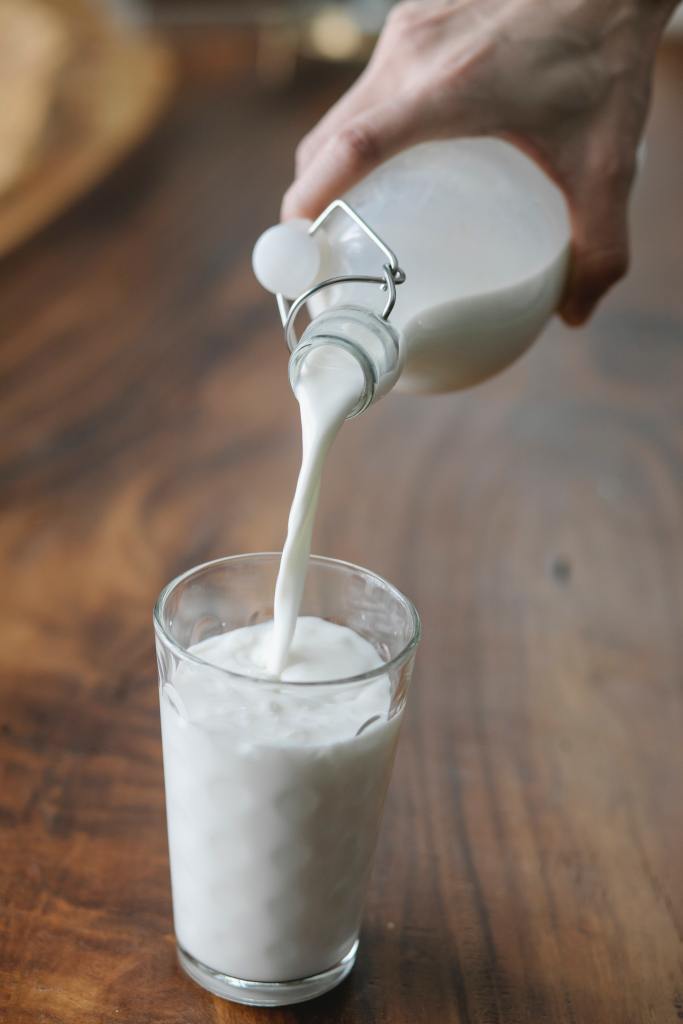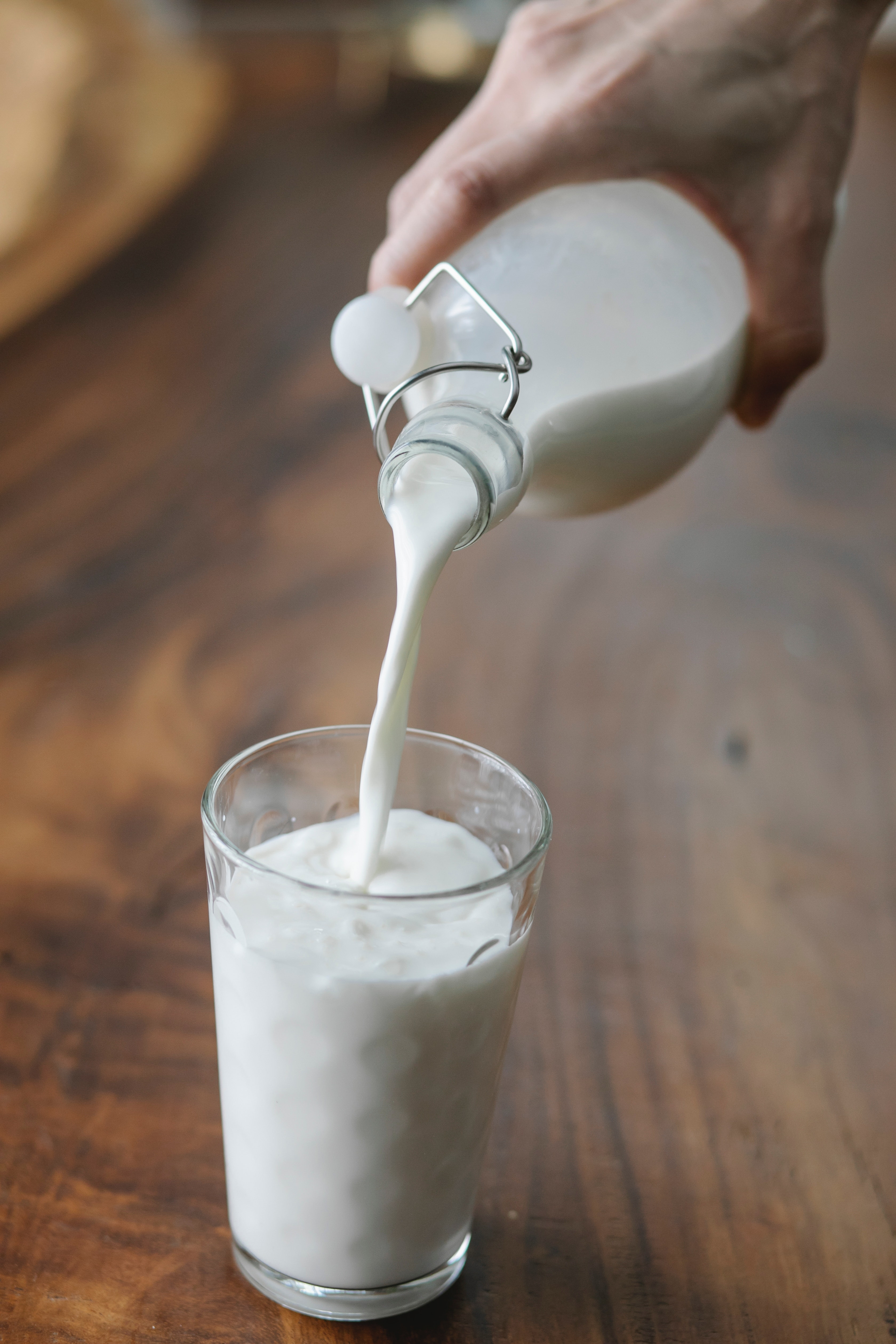Pasteurizing is a process of treatment to keep a product fresh. It helps to increase the life of a certain product. Every product has a life time. But when it comes to food the life time is much less. So the food manufacturers use a process called pasteurization to increase its life time. Most specifically the shelf life.

What is shelf life?
Shelf life is the period of time that a product can be stored until it is unusable. The information on the shelf life is given by the expiry date. Food such as dairy products can go bad within few hours after production due to the bacteria. The process of pasteurizing can help in removing these bacteria and other microorganisms which cause the spoilage of the product.
Pasteurization is named after the famous scientist Louis Pasteur. He demonstrated an experiment using wine and beer. Both of these alcoholic beverages are fermented for a time period in making.
In 1860 Louis Pasteur showed that the abnormal fermentation of wine and beer can be prevented by heating them up to 570C for few minutes. But that was not the beginning of the heating of beverages. The process of heating beverages runs back to 1117 AD. In China, people heated wine after the fermentation. It helped them to keep wine stored for a longer period of time.

In 1768 an Italian priest Lazzaro Spallanzani proved that a product can be sterilized if it was heated. He boiled meat broth for few minutes and sealed the container right after that. The meat broth did not spoil. Also in 1795 Nicolas Appert, a chef in experimented on food preservation. He used glass jars as the food containers and sealed them once he filled them with food. Then he put them in boiling water for few minutes. He successfully able to increase the life time of soup, vegetables, dairy products, jams, juices and syrups. Because of his methods and he could open the first food bottling factory in the world. Today he is know as the father of the canning.
Pasteurizing is different from product to product. Food can be pasteurized either before packed or after packed. The methods and tools used in each method are also different.
Now you know that the heat is applied for a period of time during the pasteurization process. The temperature and time depend on the acidity, heat sensitive qualities and the decided shelf life of the product. Acidic food such as orange juice have more restricted environment for the germs to grow. But less acidic food such as milk can spoil easily as they have more favorable environment for the bacteria. But milk cannot be heated for a long time. The proteins in milk could destroy when exposed in high temperature for a long time along with the other nutritional factors.
If a certain product has undergone pasteurization, it does not mean that the product is safe 100%. Pasteurizing can destroy the germs such as bacteria, mold, and other substances created by bacteria between the production and pasteurization. But it cannot kill spores, the reproductive units capable of giving rise to a new individual without sexual fusion, which can be activated in 20-400C. Because pasteurization is not a sterilization method. So refrigeration after pasteurization is required.
There is a process called double pasteurization which helps to kill the germinated spores as well. In this method the shelf life is extended in another level by killing the spores that have germinated. The process of double pasteurization includes a secondary heating.
When pasteurizing packed food the type of the container is considered when choosing the pasteurizing method. Not all kinds of packaging are capable of withstanding the heat. The glass containers are pasteurized with hot water, while plastic and metal packages are heated using steam. Sometimes pasteurization is done by using small beta and gamma rays.

Does Pasteurization Effect Nutritional Factors?
Heat can effect the nutritional facts in food. But pasteurization does not affect the nutritional facts even though heat is involved in the process. In pasteurization food is not heated as much as when they are being cooked. A considerably low temperature is used in pasteurization which does not affect as much as people think but there is a certain amount of effects the pasteurization could cause. Like pasteurization could lose aroma compound in fruit juices. It also cause some structural changes in pectin, a carbohydrate found in plants, which cause softening of plant based food. But this textural loss is neglected as long as the temperature does not exceed 800C.
Pasteurization and probiotics
Probiotics are the live bacteria and yeast that are good for us. Not all the bacteria are harmful. But pasteurization removes all of them during the process. This does not mean that we must consume only unpasteurized food. Unpasteurized food has a risk of contamination. It is always recommended to consume the unpasteurized food if only the source is trustworthy. Specially when it comes to dairy products.
I believe that this article gave you all the answers you needed about pasteurization. Thank you for reading and I always appreciate your support. Thank you ❤



1 Comment